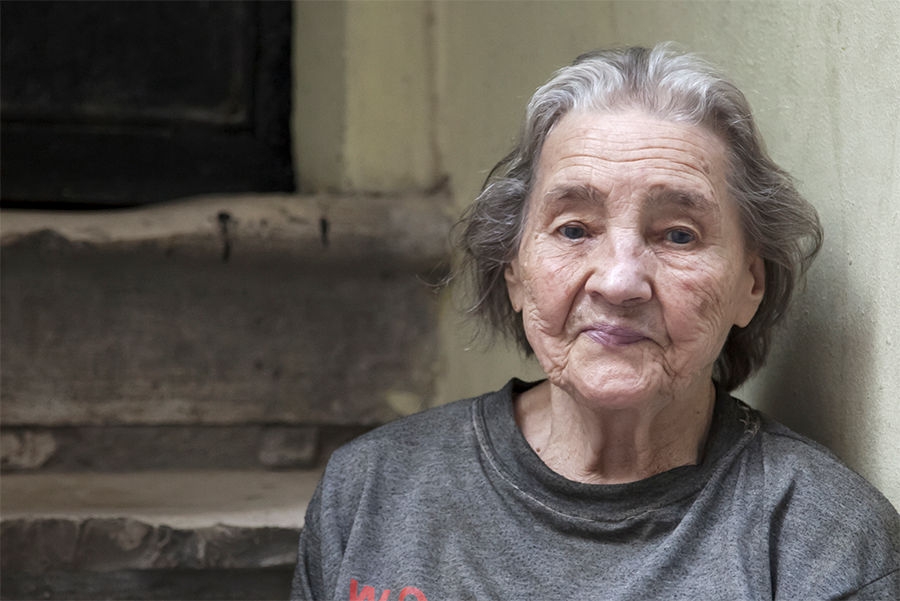The Elderly Homeless Population
- T's 4 Hope
- May 4, 2021
- 3 min read
Emily Corso

In recent years, the number of homeless people over the age of 50 has grown and is expected to continue growing over the next several years. Despite the presence of elderly care facilities, many older people have trouble gaining access to those facilities and don’t have family members that they can rely on to provide for them. Because of their age, elderly homeless people face many challenges that their younger counterparts do not that ultimately make them even more vulnerable members of the homeless population. For example, many older people experience declines in their vision and hearing capabilities, and because of this they may choose to forego a shelter for fear of being taken advantage of (Proehl, 2007). Elderly people are also more prone to health issues than younger people, which means they are more likely to become ill as a result of being homeless, and also more likely to experience exacerbated symptoms of ailments they may have already had. They may also be reluctant to seek help for fear of being placed in an institution and losing their independence (Proehl, 2007).
The desire to maintain their independence is often a reason that elderly homeless people sometimes choose to avoid shelters. Many elderly fear that they will be forced into a care facility or a hospital, and so they actually avoid assistance. Some elderly patients may have had previous negative experiences with hospital staff that makes them reluctant to go back, or they believe that if they enter the hospital, they will never be let out again and will ultimately end up dying there (Lipmann, 2009). The lack of services provided for homeless elderly, therefore, is not a reflection of the people who provide care being unavailable, but rather a combination of hesitancy of the elderly to seek out services, and younger homeless people taking advantage of those resources and therefore becoming the priority for those who provide care.
Many of the elderly who experience homelessness also suffer from at least one mental illness, such as dementia, depression, anxiety, and substance abuse disorders. Once again, elderly people are less likely to seek help for their mental illness in part because they fear losing their independence, and also due to generation stigma about mental illnesses. Because of this, they often don’t get the treatment that they need. Additionally, homelessness and the lack of finances often bar people from accessing the healthcare that they need, and further prevent the elderly homeless population from accessing the help they need. Without treatment, their mental illness can get worse and increase their paranoia and reluctance to go to shelters and hospitals even more so. The elderly are also at greater risk for experiencing physical illness and injury, and if left untreated many of these ailments can ultimately result in death. For instance, because many elderly avoid shelters, they are more likely to suffer from hypothermia from spending the night outdoors, and due to their age, their bodies are less capably of recovering. The elderly are also common victims of crimes because they are physically weaker and therefore easier targets than younger homeless people.
References
Lipmann, B. (2009). Elderly Homeless Men and Women: Aged Care’s Forgotten People. Australian Social Work, 62(2), 272–286. https://doi.org/10.1080/03124070902792454
Proehl, R. (2007). Social justice, respect, and meaning-making: keys to working with the homeless elderly population. Health & Social Work, 32(4), 301–307. https://doi.org/10.1093/hsw/32.4.301
#hopeforthoseinneed #ts4hope #homelessness #elderly #health #vulnerable #older #shelter #facilities #hospital #services #mentalillnesses #victims #crimes #proehl








































Comments